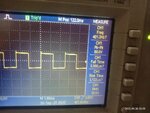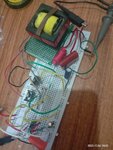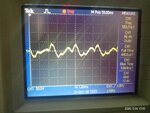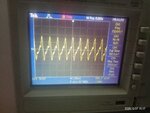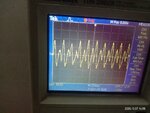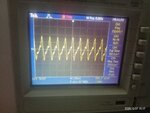Rickooo
Member level 3
Hi, I am designing 12V DC to 220V AC 400Hz inverter circuit. With a reference of https://www.instructables.com/200Watts-12V-to-220V-DC-DC-Converter/ article, I tried not so similar circuit. I used 150nF and 13k to generate 400Hz. And when tested with CRO, I got constant 400Hz on Pin 14 and 11. Please look to the image number "img1".
Look image "img2" for whole circuit. Look image "img3" for tested circuit. Look image "img4" for output wave.
Now, when I added the transformer, 2 things happen:
1. Frequency fluctuate. 500 Hz - 1.2k Hz
2. Wave is not sinusoidal.
Please guide me and suggest me, what should I do now?
Thanks in advance.
Look image "img2" for whole circuit. Look image "img3" for tested circuit. Look image "img4" for output wave.
Now, when I added the transformer, 2 things happen:
1. Frequency fluctuate. 500 Hz - 1.2k Hz
2. Wave is not sinusoidal.
Please guide me and suggest me, what should I do now?
Thanks in advance.
